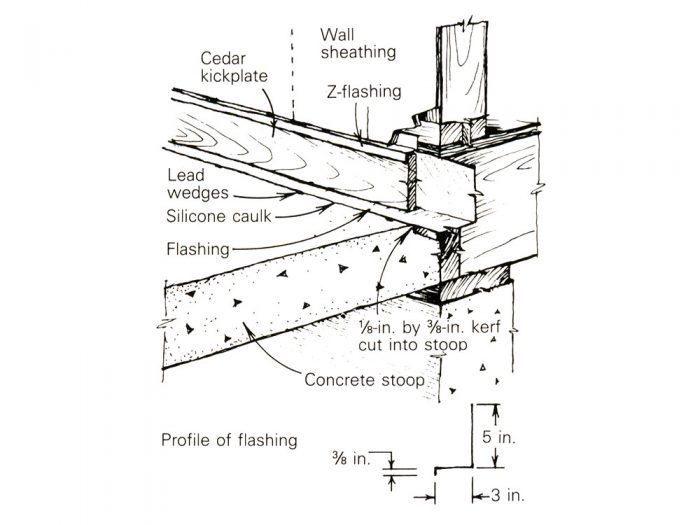
The entry porch to my client’s house is on the west side of the building, where the rain is sometimes driven hard by the wind. The porch floor is a reinforced-concrete slab that doubles as the roof of a small fruit cellar. Whenever the rain came from the west, water would find its way into the cellar by sneaking past the cedar kickplate under the doors and down the rim joist. To remedy the problem, I began by prying the kickplate away from the wall and out from under its Z-flashing. Then I used a masonry blade mounted in my circular saw to cut a 1/8-in. wide by 3/8-in. deep kerf in the concrete stoop. This took several passes. Next I bent a piece of dark brown aluminum fascia material into the flashing profile shown in the drawing. Before 1 let the 3/8-in. lip of the flashing into the stoop, I swept the kerf clean and filled it with a bead of silicone caulk. Then I inserted the flashing, and secured it in the kerf by driving small lead wedges (cut from salvaged lead pipe) every foot or so along the lip of the flashing. I finished by applying another bead of silicone to the kerf and by tucking the cedar kickplate back under its Z-flashing.
—Tim Herrling, Auburn, NY
Edited and illustrated by Charles Miller
From Fine Homebuilding #57

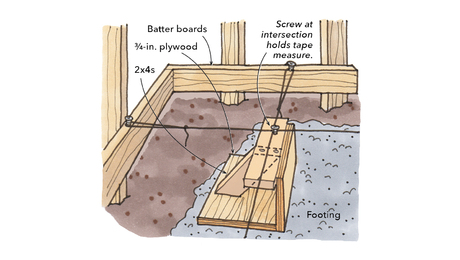

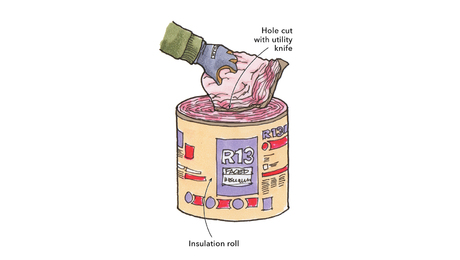
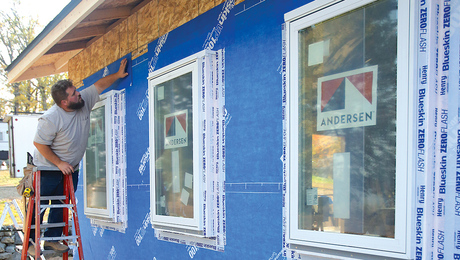

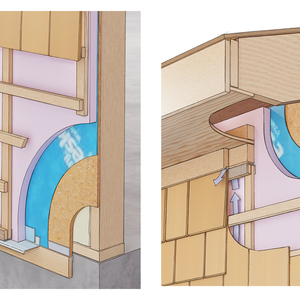
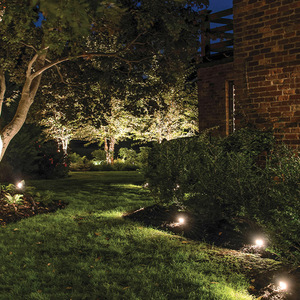
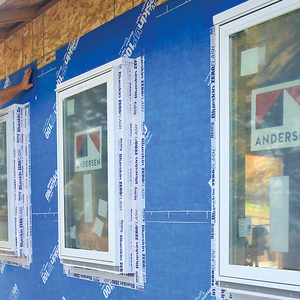
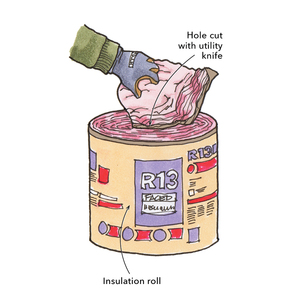




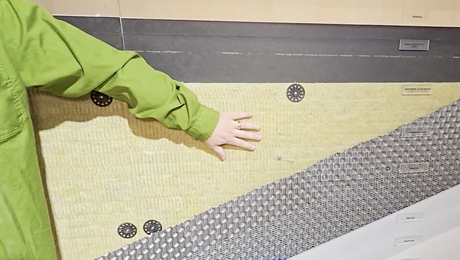













View Comments
Can't believe FH is publishing a tip that suggests using lead wedges. Ever heard of RRP?
BobboMax's comment about RRP (a reference to the EPA's regulation concerning Renovation, Repair and Painting) shows the age of the original tip.
That aside, cutting HDPE wedges or PVC wedges would serve just as well.
More important however is proper maintenance in snowy climates - diligent snow removal from stoops, patios and decks is essential to avoid challenging any properly installed flashing. I inspect concrete foundations for damage from deleterious minerals and you would not believe how much evidence of water intrusion I see (water stains, efflorescence) on the INTERIOR side of foundation walls along stoops, patios & decks because homeowners are lax at removing snow from these hardly used areas (during the winter season).